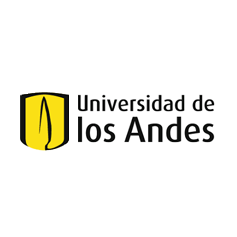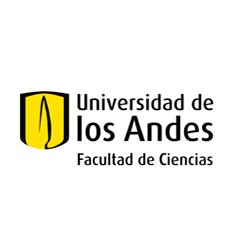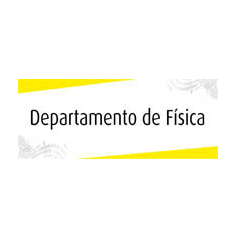Resonant ultrasound spectroscopy (RUS) is an experimental technique that allows to determine the spectrum of mechanical resonances of a certain piece of material. The set of frecuencies of this spectrum is determined by the shape and dimentions of the material, its density and its mechanical properties described by the elastic constants (entries of the elastic tensor). By numerically solving the inverse elastic problem, one can go from the resonance frequencies measured in RUS to the full elastic tensor, a symmetry-specific thermodynamic quantity thar describe the response of a material to strain or deformations. In this way, RUS allows to have acces to important symmetry-specific thermodynamic information of the ground state of materials, being a powerful tool to characterize these ground states, phase transitions between different ground states, and their associated order parameters.
To measure a RUS spectrum, the sample is held (typically by the corners for cuboid-shape crystals) between two piezoelectric transducers - one fixed drive transducer and one pick-up transducer which is mounted on a freely pivoting axis (see probe image 1). The voltage signal in the pick-up transducer is detected and processed to obtain its real and imaginary components (see signal image 2). The RUS probe is typically mounted on a cryostat for temperature control.
In our group we study and characterize the novel properties of quantum materials using RUS, by determining the resonances spectrum and its evolution as a function of temperature, magnetic field and other tuning parameters. We also care for advancing the state-of-the-art of this experimental technique.
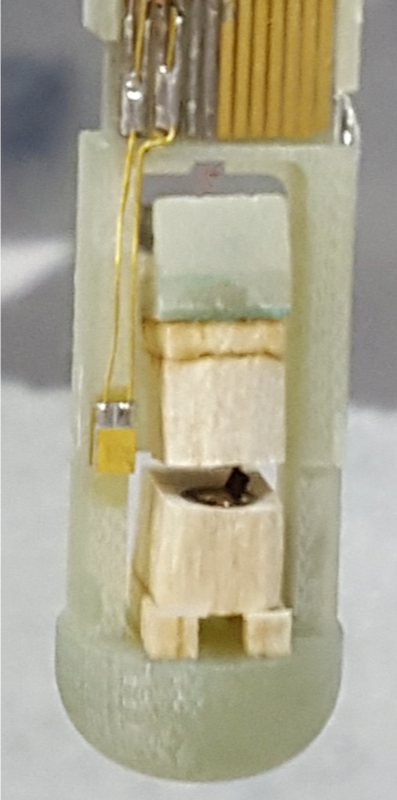 |
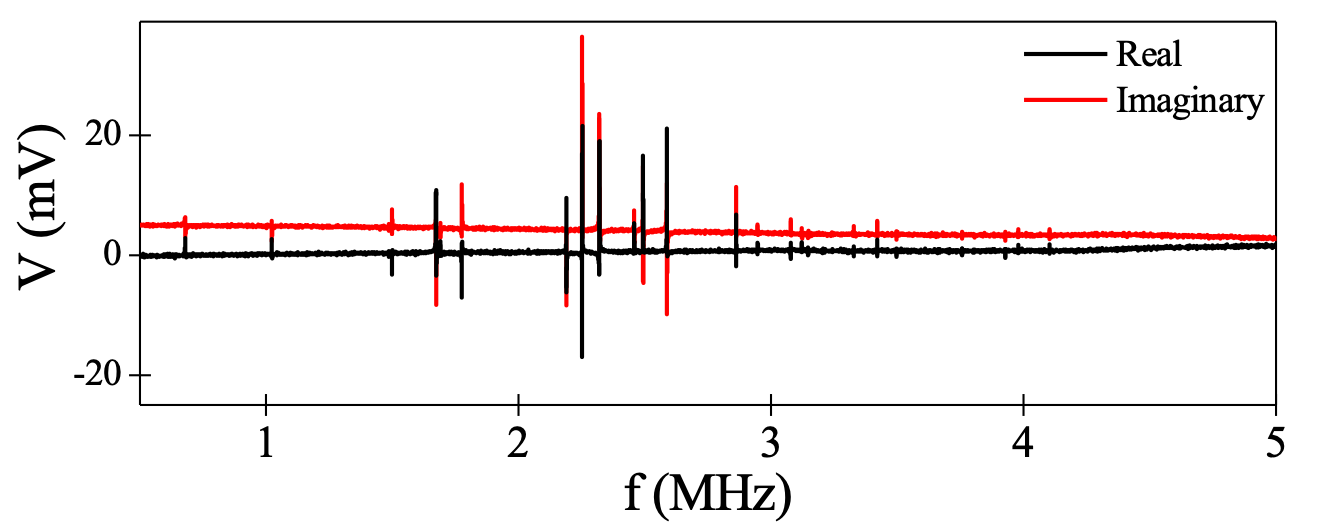 |
|
Image 1. RUS probe head, with a single crystal mounted and held between two piezoelectric transducers |
Image 2. Real and imaginary voltage signals detected in the pick-up transducer, showing the resonance frequencies for a cuprate superconductor single crystal. |

